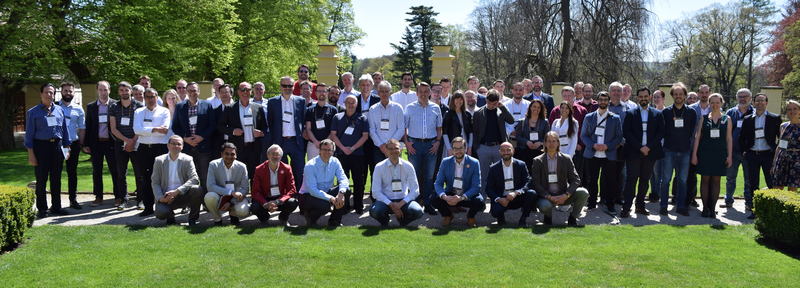CBFEM (Component-Based Finite Element Method) is the latest technology for the design of steel connections that has bridged a big gap between the standard Component method (adopted in design guidance such as the Eurocodes) and advanced Finite Element (FE) analysis.
When using the CBFEM, various components of a joint are modelled using FE. Besides the obvious advantages of the underlying FE methodology, like modelling of complex connection geometries and the application of multiple load combinations under equilibrium, a handful of other useful types of analyses become possible – such as buckling, stiffness, joint resistance and capacity.
This course aims to provide an overall understanding of the basic principles and rationale behind these analysis types. Practical application of these methods will be demonstrated through IDEA StatiCa software and various worked examples.




